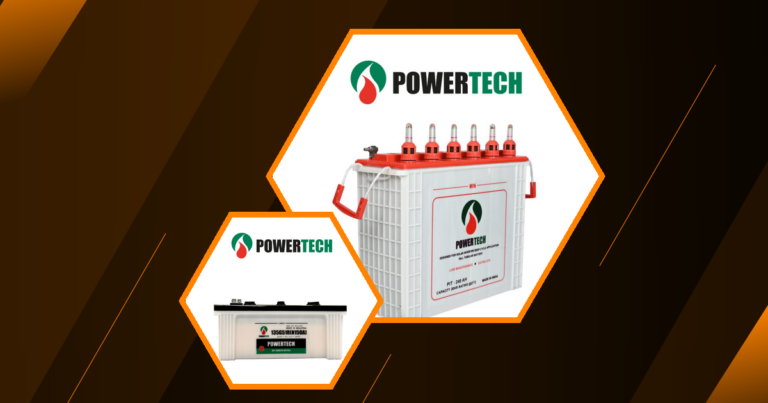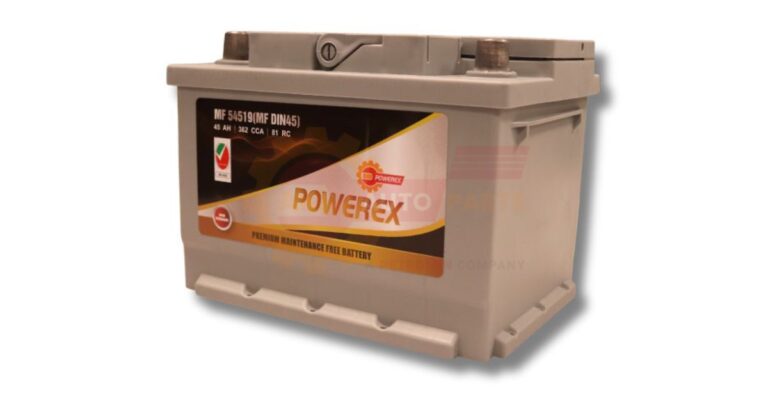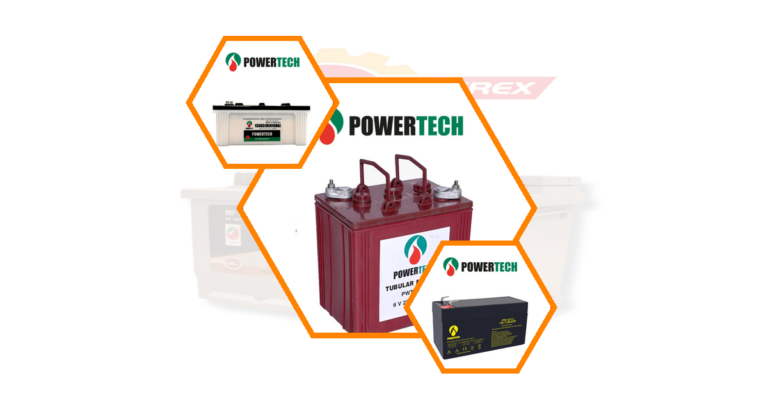When Car Battery is Down How to Start: A Comprehensive Guide
Car battery issues can be a real hassle, especially when you’re in a hurry. Knowing how to handle a dead battery can save you time and stress. This guide will walk you through the essential steps and methods to get your car running again when the battery is down.
Car Battery Down How to Start: Essential Steps
Identifying a Dead Battery
The first step in dealing with a car battery issue is identifying whether the battery is indeed dead. Common signs include dim headlights, a clicking sound when turning the ignition, or no response at all. If your car exhibits these symptoms, it’s likely that the battery is the culprit.
- Dim or flickering headlights
- Clicking sound when turning the key
- No response from the ignition
Safety Precautions Before Jump-Starting
Safety should always be your top priority when dealing with a dead battery. Before attempting to jump-start your car, ensure that both vehicles are turned off, and the keys are removed from the ignition. Wear protective gloves and eyewear to prevent any accidents.
- Turn off both vehicles
- Remove keys from the ignition
- Wear protective gear
Gathering Necessary Equipment
To jump-start a car, you’ll need a set of jumper cables and a working vehicle with a charged battery. It’s also helpful to have a portable jump starter as a backup. Make sure the cables are in good condition and long enough to reach between the two vehicles.
- Jumper cables
- A working vehicle with a charged battery
- Portable jump starter (optional)
Jump-Starting Procedure for a Dead Car Battery
Positioning the Vehicles
Position the working vehicle close enough to the dead vehicle so that the jumper cables can reach both batteries. Ensure that the vehicles are not touching each other to avoid any electrical issues.
- Park vehicles close but not touching
- Ensure easy access to both batteries
Connecting Jumper Cables Correctly
Connect the jumper cables in the correct order to avoid any electrical mishaps. Attach one red clamp to the positive terminal of the dead battery and the other red clamp to the positive terminal of the working battery. Then, attach one black clamp to the negative terminal of the working battery and the other black clamp to an unpainted metal surface on the dead vehicle.
- Red clamp to the positive terminal of a dead battery
- Red clamp to the positive terminal of the working battery
- Black clamp to the negative terminal of the working battery
- Black clamp to an unpainted metal surface on a dead vehicle
Starting the Working Vehicle
Start the engine of the working vehicle and let it run for a few minutes. This will allow the dead battery to charge slightly, increasing the chances of a successful jump-start.
- Start the working vehicle
- Let it run for a few minutes
Attempting to Start the Dead Vehicle
After a few minutes, try starting the dead vehicle. If it starts, let it run for a while to ensure the battery is sufficiently charged. If it doesn’t start, wait a few more minutes and try again.
- Attempt to start the dead vehicle
- Let it run if it starts
Alternative Methods to Start a Car with a Dead Battery
Using a Portable Jump Starter
A portable jump starter is a convenient tool that can save you in a pinch. Simply connect it to the battery terminals as you would with jumper cables, and follow the manufacturer’s instructions to start your car.
- Connect portable jump starter to battery terminals
- Follow the manufacturer’s instructions
Push-Starting a Manual Transmission Vehicle
If you have a manual transmission vehicle, you can try push-starting it. This involves getting the car rolling and then engaging the clutch to start the engine. It’s a useful technique when no other options are available.
- Get the car rolling
- Engage the clutch to start the engine
Seeking Professional Assistance
If all else fails, it may be time to call a professional. A mechanic can diagnose the issue and provide a solution, ensuring your car is back on the road safely.
- Call a professional mechanic
- Get a proper diagnosis and solution
Preventing Future Battery Issues
Regular Battery Maintenance
Regular maintenance can extend the life of your car battery. This includes cleaning the terminals, checking the fluid levels, and ensuring the battery is securely mounted.
- Clean battery terminals
- Check fluid levels
- Ensure secure mounting
Avoiding Battery Drain
To prevent battery drain, make sure to turn off all lights and electronics when the car is not in use. Additionally, avoid short trips that don’t allow the battery to fully charge.
- Turn off lights and electronics
- Avoid short trips
Replacing an Old Battery
If your battery is old, it may be time for a replacement. Most car batteries last between 3 to 5 years, so keep track of their age and replace it when necessary.
- Replace the battery every 3 to 5 years
- Monitor battery age
Troubleshooting When Jump-Starting Fails
Checking for Corroded Battery Terminals
Corroded battery terminals can prevent a successful jump-start. Inspect the terminals for any corrosion and clean them with a mixture of baking soda and water if necessary.
- Inspect for corrosion
- Clean with baking soda and water
Inspecting the Alternator
A faulty alternator can cause battery issues. If the battery doesn’t hold a charge, have the alternator inspected by a professional to ensure it’s functioning correctly.
- Check alternator functionality
- Seek professional inspection
Examining the Starter Motor
The starter motor may be the issue if the car doesn’t start even after a jump. Have a mechanic examine the starter motor to determine if it needs repair or replacement.
- Inspect starter motor
- Consider repair or replacement
Understanding Car Battery Lifespan and Replacement
Average Battery Lifespan
The average car battery lasts between 3 to 5 years, depending on usage and maintenance. Regular checks can help you determine when it’s time for a replacement.
- Battery lifespan: 3 to 5 years
- Regular checks recommended
Signs It’s Time for a New Battery
Signs that it’s time for a new battery include slow engine crank, low battery fluid level, and a swollen battery case. If you notice these signs, consider replacing the battery.
- Slow engine crank
- Low battery fluid level
- Swollen battery case
Choosing the Right Replacement Battery
When choosing a replacement battery, consider factors such as size, brand, and warranty. Ensure the new battery is compatible with your vehicle’s specifications. Battery voltage range The Automotive BMS importance Automotive BMS is crucial for keeping electric car batteries safe and making them last longer It helps manage the battery power so the car can run efficiently and go farther on a single charge
Car battery charging problems can happen when your car’s battery doesn’t get enough power to stay full This can make it hard to start your car or use things like lights and radio
- Consider size, brand, and warranty
- Ensure compatibility with vehicle
Environmental Factors Affecting Car Battery Performance
Impact of Extreme Temperatures
Extreme temperatures can affect battery performance. Cold weather can reduce battery capacity, while hot weather can cause fluid evaporation. Protect your battery from extreme conditions when possible.
- Cold weather reduces capacity
- Hot weather causes fluid evaporation
Effects of Humidity and Moisture
Humidity and moisture can lead to corrosion and battery damage. Keep your battery dry and clean to prevent these issues.
- Humidity leads to corrosion
- Keep the battery dry and clean
Altitude Considerations
High altitudes can affect battery performance due to lower oxygen levels. If you live in a high-altitude area, consider a battery designed for such conditions.
- High altitudes affect performance
- Consider altitude-specific battery
When car battery is down how to start, it’s crucial to follow proper procedures to ensure safety and effectiveness. Car battery down how-to start techniques may vary depending on the vehicle and circumstances, but the basic principles remain consistent. Remember, when car battery is down how to start procedures should always prioritize safety and proper technique to avoid damage to your vehicle or injury to yourself.
FAQ’s
How long does it take to charge a dead car battery?
Charging a dead car battery can take anywhere from 30 minutes to several hours, depending on the charger and the battery’s condition. Using a high-quality charger can speed up the process. Always follow the manufacturer’s instructions for the best results.
Can you jump-start a completely dead battery?
Yes, you can jump-start a completely dead battery, but it may take longer to charge. Ensure the jumper cables are connected correctly and give the battery enough time to charge. If it doesn’t work, the battery may need to be replaced.
What causes a car battery to die suddenly?
A car battery can die suddenly due to several reasons, including leaving lights on, extreme temperatures, or a faulty alternator. Regular maintenance can help prevent sudden battery failure. Always check for signs of wear and tear.






